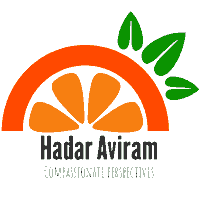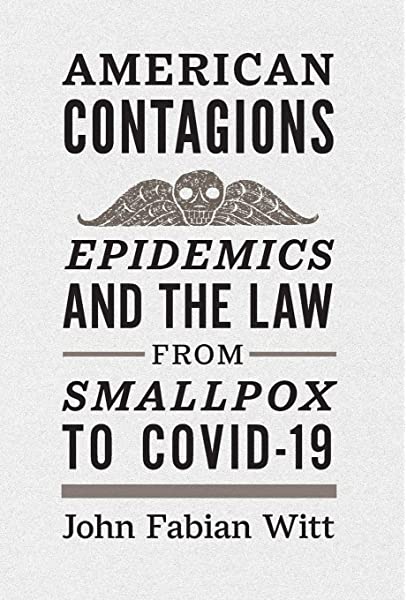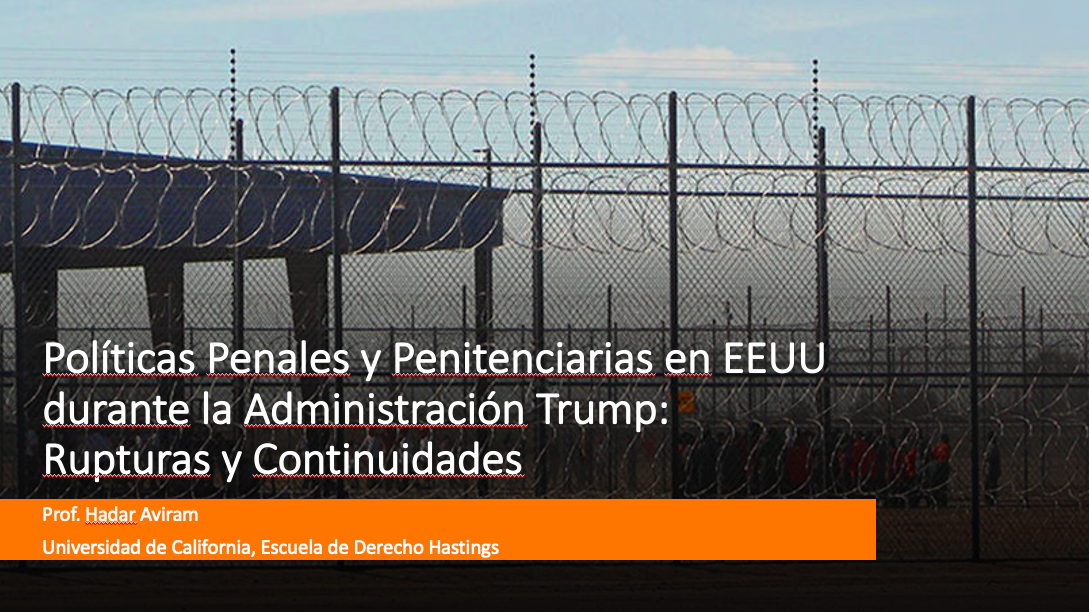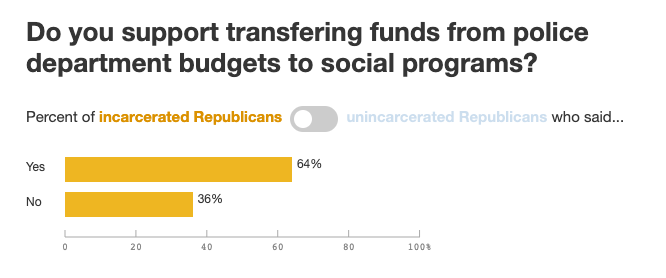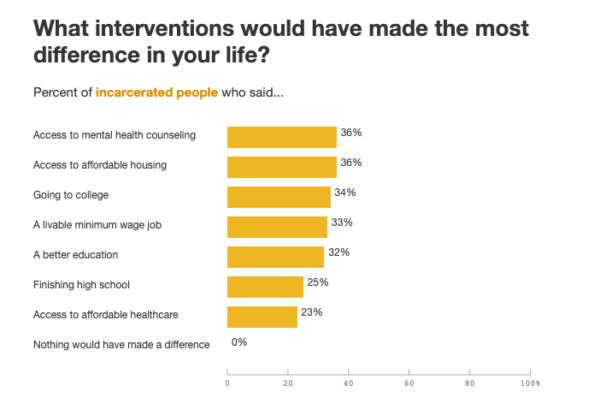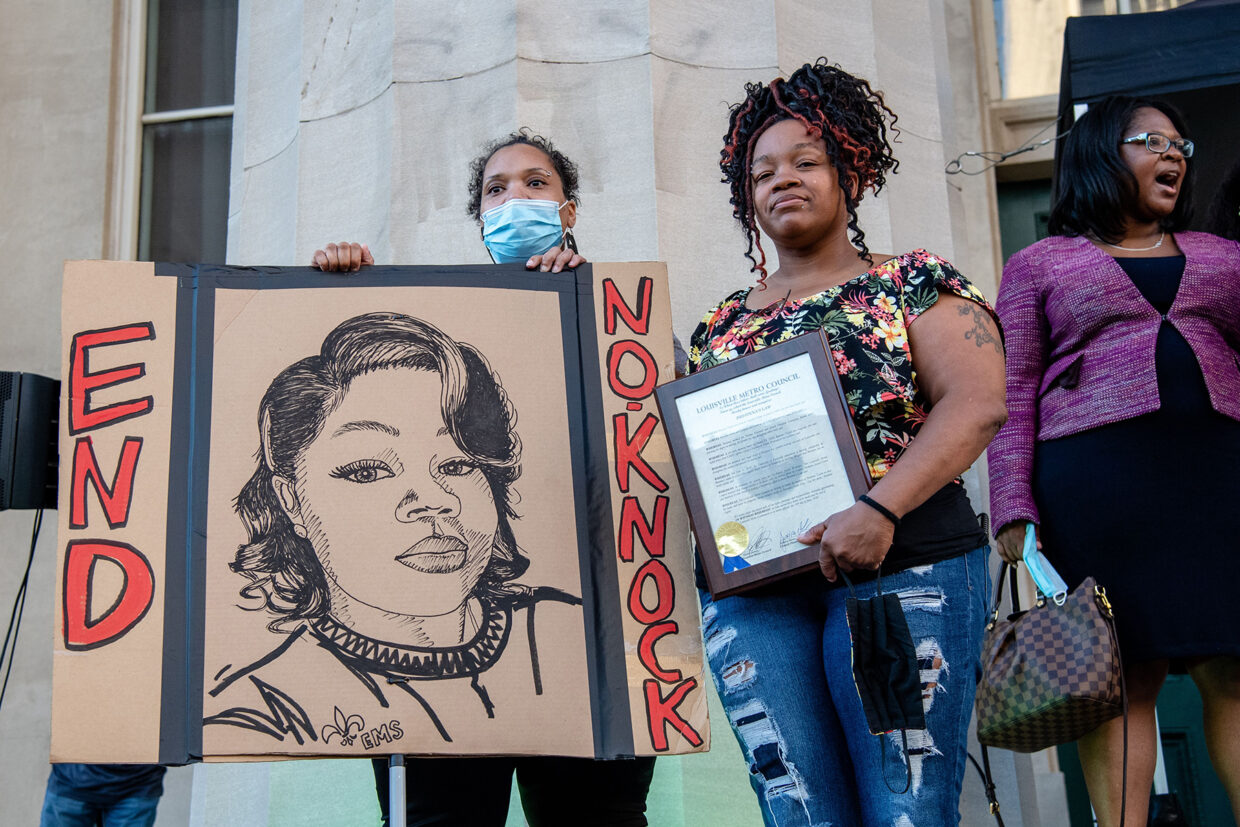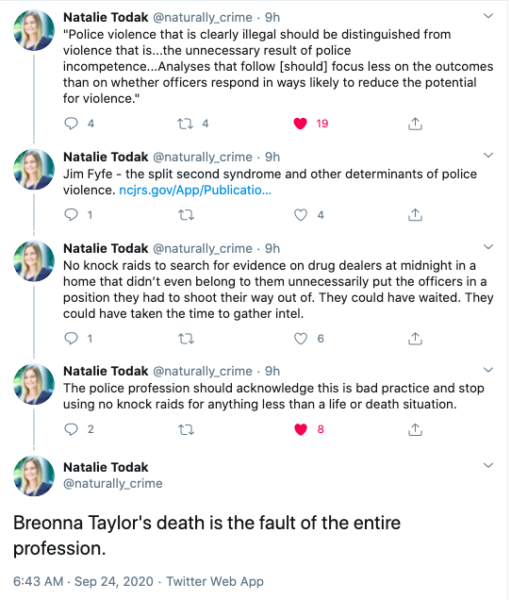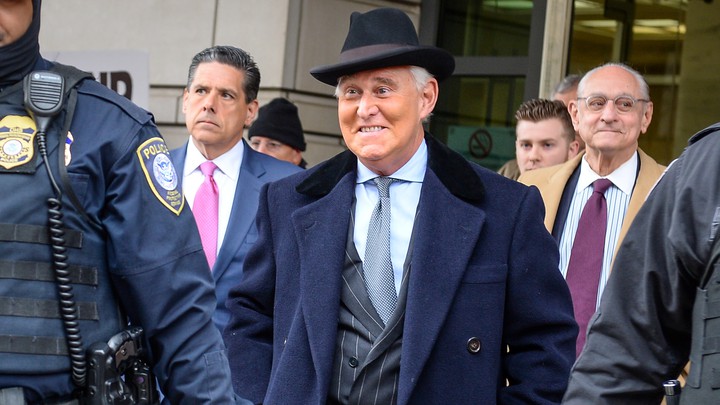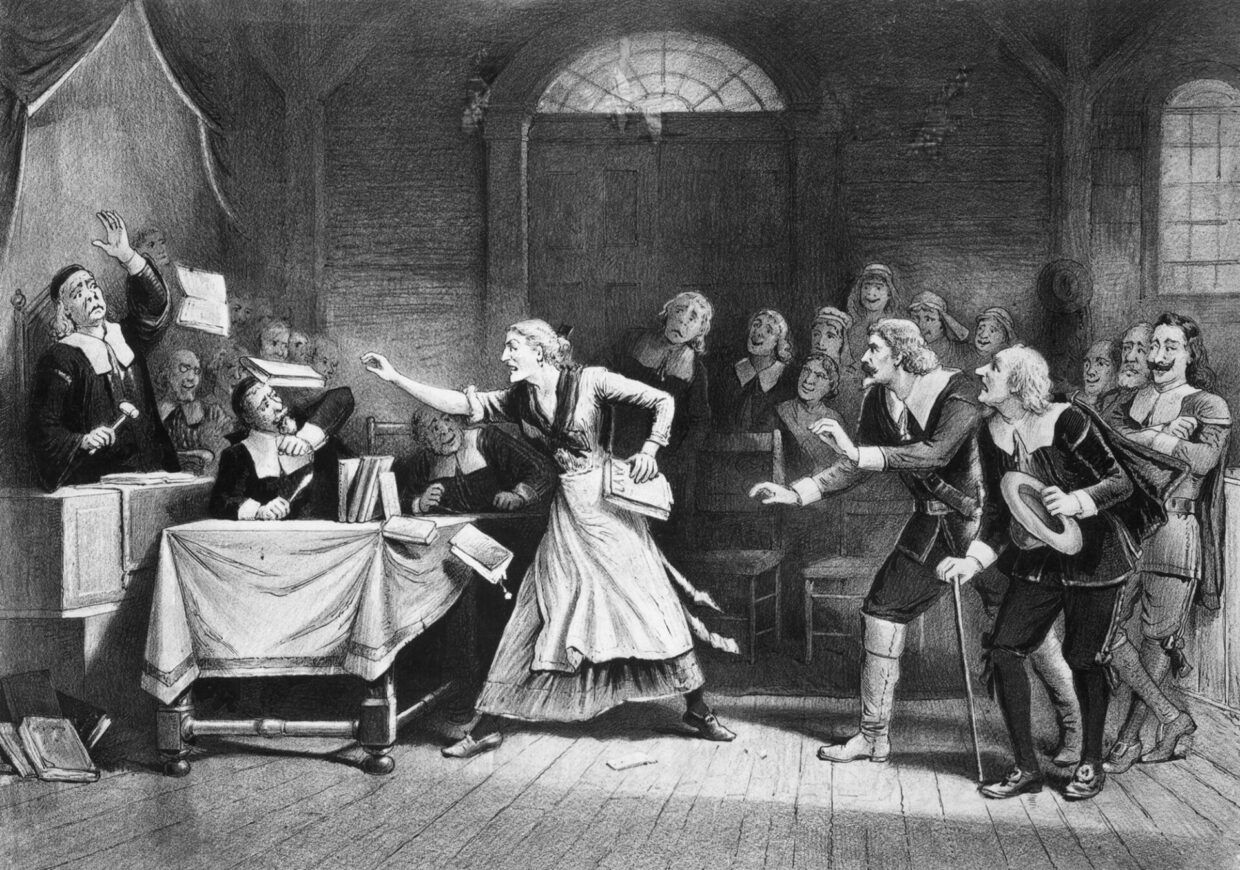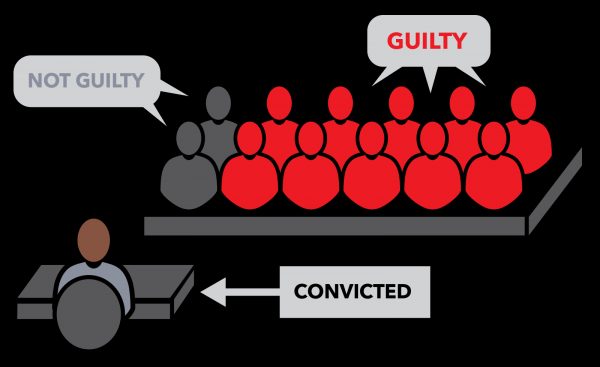If you told me before March 2020 that the entire state of California would be atwitter about two dinner parties at a fancy restaurant on two consecutive nights, I would be very surprised–and yet, here we all are, frothing at the mouth about precisely that. First, newspapers broke the story of Gavin Newsom’s large private gathering at the French Laundry in Yountville with friends, socialites, and lobbyists. Then, it turned out that San Francisco Mayor London Breed had some French Laundry of her own to air–she was there at a large gathering the following night.
The outrage and mockery was palpable. There are already two Onion pieces–this one and this one–but perhaps the very best was written by the Chron’s food critic, Soleil Ho. This masterpiece alone is worth my annual subscription to the Chron, and you should read it in its entirety, but for our purposes, here’s one of my favorite paragraphs:
You’re a good, safe person who believes in science, you think as you check your makeup in the mirror. Not like those troglodyte COVID deniers storming retail outlets, demanding to be let in without masks on, banging on glass doors and insisting that they’re important. These are the people the rules are for. You on the other hand know the rules so well — you are kind of in charge of explaining them, after all — that you know specifically, to the letter, why your situation is an exception to those rules.
A couple of days later, I realized why I had so profoundly enjoyed it, when I read John Witt’s new book American Contagions: Epidemics and the Law from Smallpox to COVID-19. Witt draws a useful distinction between “quaratinist” and “sanitationist” state approaches toward contagion and disease. Authoritarian states, he explains, adopt a quarantinist approach: they “exercise forceful controls over the bodies and lives of their subjects, locking down communities, neighborhoods, and cities and imposing broad quarantine orders, often backed by the military.” By contrast, “[a] sanitationist state employs liberal policies designed to eliminate environments that breed disease.” Witt sees the United States as an amalgam of both approaches:
On the spectrum from authoritarian quarantinism to liberal sanitationism, the United States has often occupied two positions at once: one approach for those with political clout, and another for everyone else. America has always been a divided state with a mixed tradition. For middle-class white people and elites, public health policy typically reflected liberal sanitationist values. The law has protected property rights for the wealthy and attended to the civil liberties of the powerful. At the nation’s borders, however, and for the disadvantaged and for most people of color, the United States has more often been authoritarian and quarantinist. American law has regularly displayed a combination of neglect and contempt toward the health of the powerless. But that is not all. Epidemics make visible the ways in which even the ostensibly neutral and libertarian rules of American social life contain the compounded form of discriminations and inequities, both old and new. The most basic rules of American law—from the law of private property to the law of health insurance to the law of employment—structure the social experience of disease and infection.
John Witt, American Contagions, 11-12.
The French Laundry story epitomizes the sanitation/quarantine dichotomy. Yesterday, both Breed and Newsom took to twitter to admonish San Franciscans and Californians respectively to follow our new stay-at-home regime. The response from their constituents was everything you would expect–no one missed a chance to mock the duplicity, especially this business with its exceptional sense of sardonic humor–and I think it’s because Witt’s dichotomy strikes a chord of deep unfairness and inequality with everyone.
I confess that my ire at FrenchLaundryGate does not flow so much from the hypocrisy as from the ostentatiousness–there is something deeply offensive about luxuriating in excess when one’s constituents have no food and no roof over their heads. Certainly, the thought of more than twenty thousand people infected and 88 dead in state custody should have put our elected officials off their dinner. But beyond this, there’s an important point I want to make about prisons, contagion, permeability, and opportunity.
As I think I mentioned here, Chad Goerzen and I are working on a book about the COVID-19 prison catastrophe. Our analysis introduces a concept we call carceral permeability: the idea that prisons should be viewed, analyzed, studied, and managed with a deep understanding of their spatial embeddedness in the communities surrounding them. That prisons are permeable and their gates are porous should be obvious: various people (correctional officers, prison workers, volunteers, visitors, tourists), things (money, goods, factory raw material), and intangibles (tax money, critique) pass through the membrane on a daily basis. Some of these exchanges are rooted in the basic functions of prison as an institution and an economical unit; others vary based on transparency.
This, as we explain in the book, is obvious to carceral geographers, situational crime prevention criminologists, and epidemiologists, but not to politicians: Prisons are still governed and managed through a very literal (and very mistaken) understanding of Erving Goffman’s concept of the total institution. Politicians and the public–at least, not the parts of the public that come into contact with prisons through work or through loved ones inside–think about prison at the entry (police dramas) and exit (public safety risk) points, and at no time in between. This is precisely what underpins the philosophy of incapacitation, widely regarded since the 1980s as the most accessible goal of punishment: put people behind bars and they will not endanger the community. This perspective has led to prisons being praised by some as spaces that incapacitate dangerous people by keeping them away from “the outside” and critiqued by others as spaces that remove people from participation in civil society (temporarily or permanently, with severe racial and class disenfranchisement implications.)
The problem is that prisons don’t work like that. Every day, there’s an enormous amount of boundary crossing, dynamics, and mobility within prisons, between prisons, and between prisons and the surrounding communities. The potential for disease to freely enter and exit prisons was obvious long before germ theory was developed–disease transmission to the community worried John Howard in State of the Prisons, which was written in 1777.
How is this relevant to Witt’s thesis and the French Laundry brouhaha? Because it looks like policymakers’ understanding of transmissivity, pandemic management, and restrictions–sanitation versus quarantine–differs for people behind bars and for other people. This lack of imagination is not surprising given that prisons embody the epitome of quarantine. But it is, perhaps, surprising to learn, from Witt and from prison historians Ashley Rubin and Michael Meranze, that this was not always the case. In the late 18th century, Mississippi (like a number of other states) even made special provision for removing prisoners when disease broke out in jails.
Things seem to have changed around the time of the civil war, when prisons were in the process of deep transformation. Antebellum prisons included mostly white people. Gradually–partly as prisons supplanted slavery as the main regime of racial oppression–the approach toward contagion in prisons changed from sanitation to quarantine. Witt reports that, “[w]hen smallpox broke out in Washington, D.C., in 1862, the Medical Division of the Freedmen’s Bureau blamed freedpeople. Healthy and infected freedpeople alike were forced into crowded, unsanitary prisons and tented communities, where disease raced through the population.”
You know what this reminds me of? David Garland’s distinction, in The Culture of Control, between “criminologies of the self” and “criminologies of the other.” Mainstream criminology predominantly addresses ‘criminology of the other’, which considers criminals as intrinsically different from law-abiding citizens; it focuses on particular risk groups, such as immigrants, drug users or youths in deprived neighborhoods, which it presents as threats to the existing social order. The criminology of the other aims to produce theoretical, empirical and practical knowledge that will allow better control of risk groups or render them less harmful for the average citizen. In doing so, this criminology delivers expertise that further excludes and controls the poor and marginalized; it becomes a technology of social exclusion and thus significantly advances dualisation in society.
By contrast, ‘criminology of the self’ considers those who commit crime as normal people. The person who offends is one of us, someone who, because of circumstances, has ended up in a position that caused him to act illegally and to harm others. It could have happened to any citizen. The answer to the risk that any of “us” will commit crime is to manipulate the physical environment to create rational disincentives to commit crime.
Here’s where Garland and Witt meet: Sanitationism is an epidemiological response to “criminologies of the self.” We address people as rational, like ourselves, deserving of health as well as civil liberties, and we twist and turn to procure good will and buy in, reasoning with people as much as possible. Quarantinism, on the other hand, is an epidemiological response to “criminologies of the other.” We assume that people are irrational, dangerous, impossible to reason with, so we lock them up, contain them, and assume “we” (the outside community) are safer from “them” (the people behind bars) when we lock them up.
Everything we know about how prisons work, and how contagion works, explains why quarantinism is a losing strategy. I’ve been telling TV anchors and journalists for weeks now that we are far less endangered by a 60-year-old man with a chronic condition living quietly with his family in the community, as he is wont to do (people age out of crime in their 20s) than we are by the exact same man incubating a dangerous virus behind bars. Quarantinism is not only bad for epidemic containment: it’s produces other negative outcomes, too. It’s no coincidence that it’s so popular to refer to prisons themselves as “criminogenic.” Public health scholar Ernest Drucker wrote a whole book relying on this metaphor, but I bet most of the people who use it–for example, to suggest that prisons breed criminality–don’t even realize that they’re drawing an analogy between medical contagion and criminality.
So here we are now–applying quarantinism, the epidemiological equivalent of Garland’s “criminologies of the other” because of indifference to the plight of the people we “other” and because of our laziness in understanding that “they” are actually not at all separate from “us.” The question is: Can the public outrage about FrenchLaundryGate, which, when examined closely, is all about the hypocrisy of the sanitation/quarantine duality, will wake Gov. Newsom from the prison impermeability dream and help him and his staff wake up to the fact that “the carceral” is porous and that there is no “other”?
